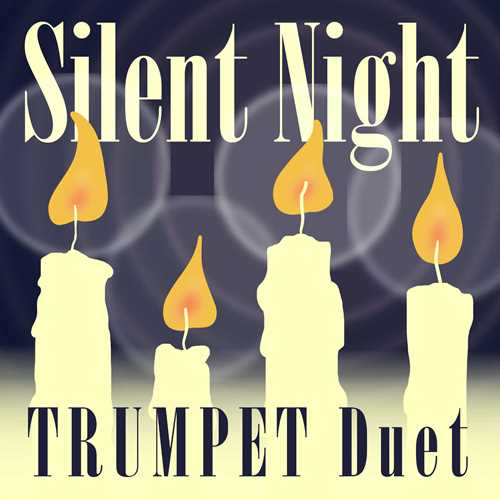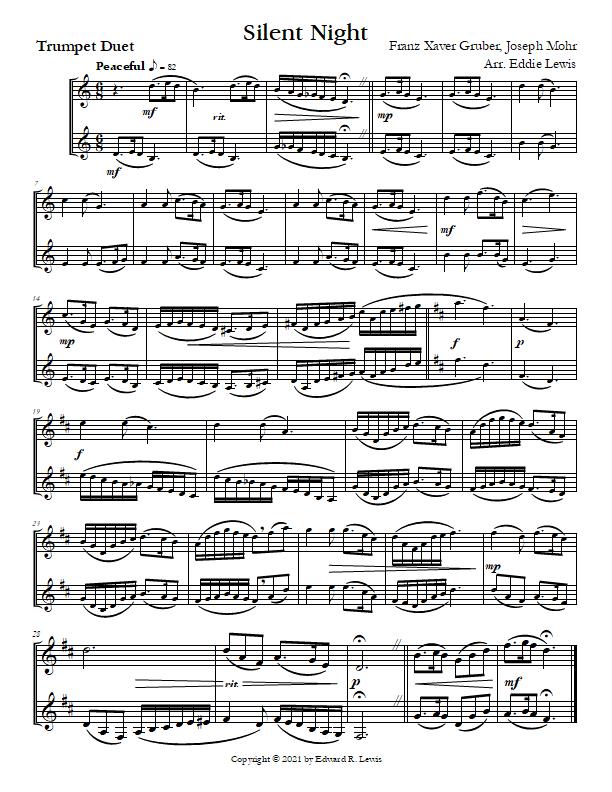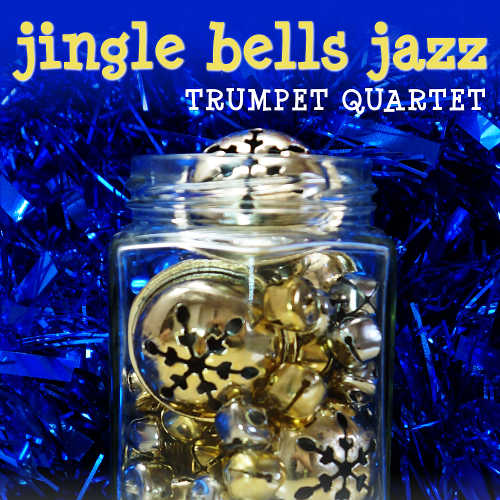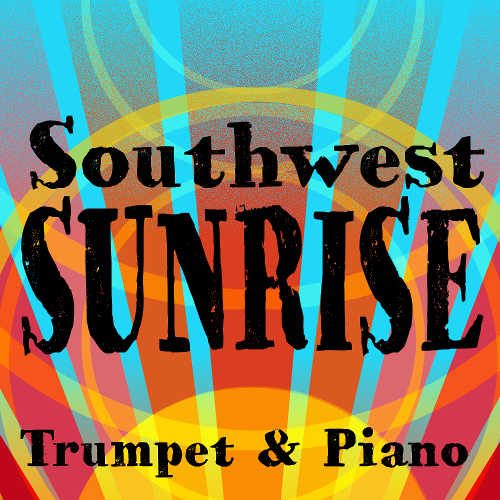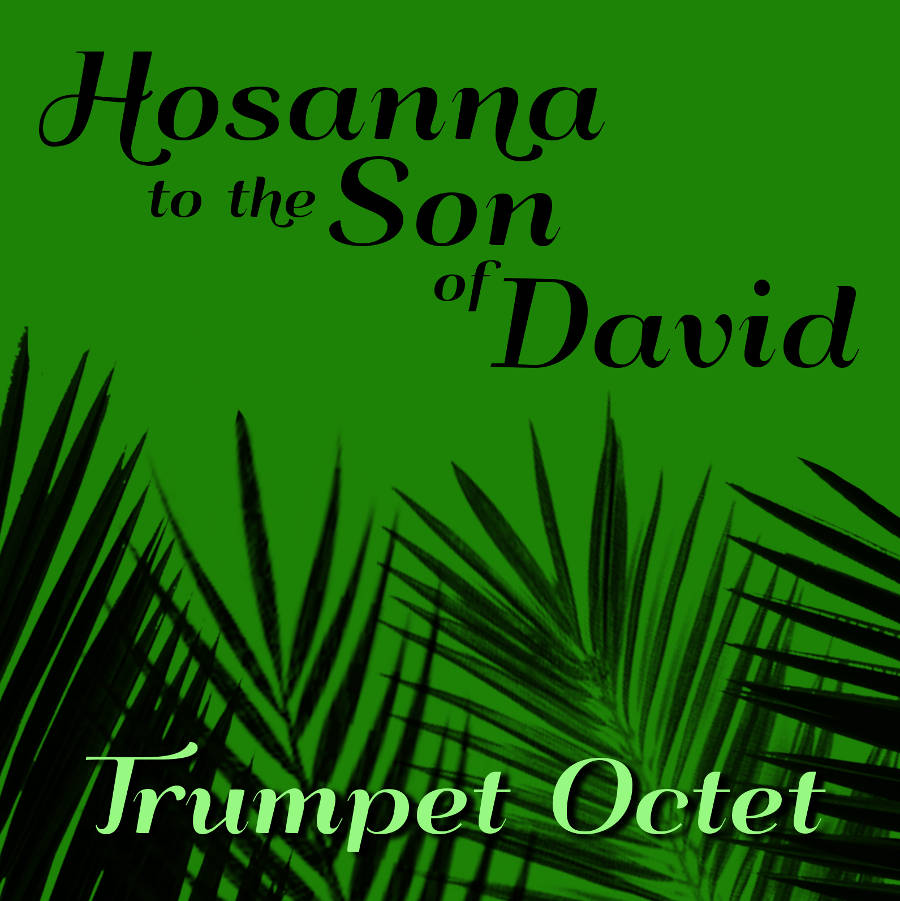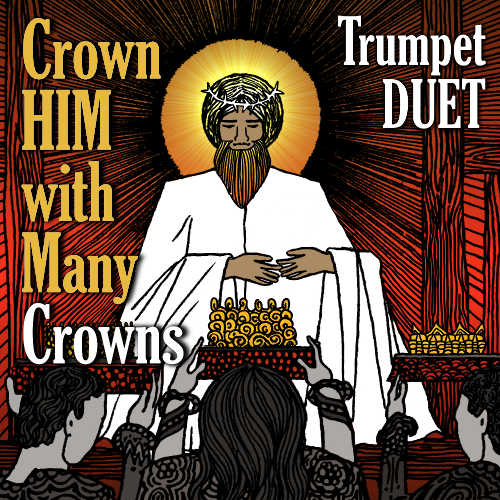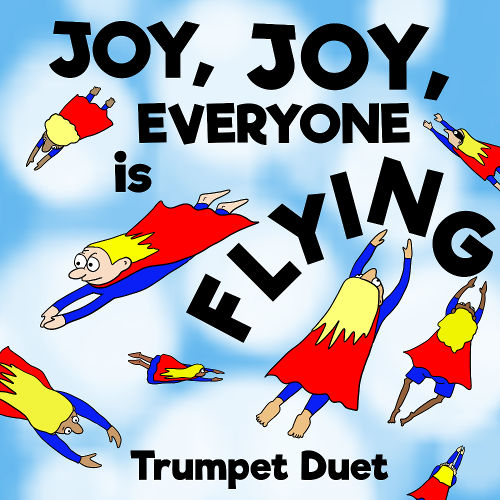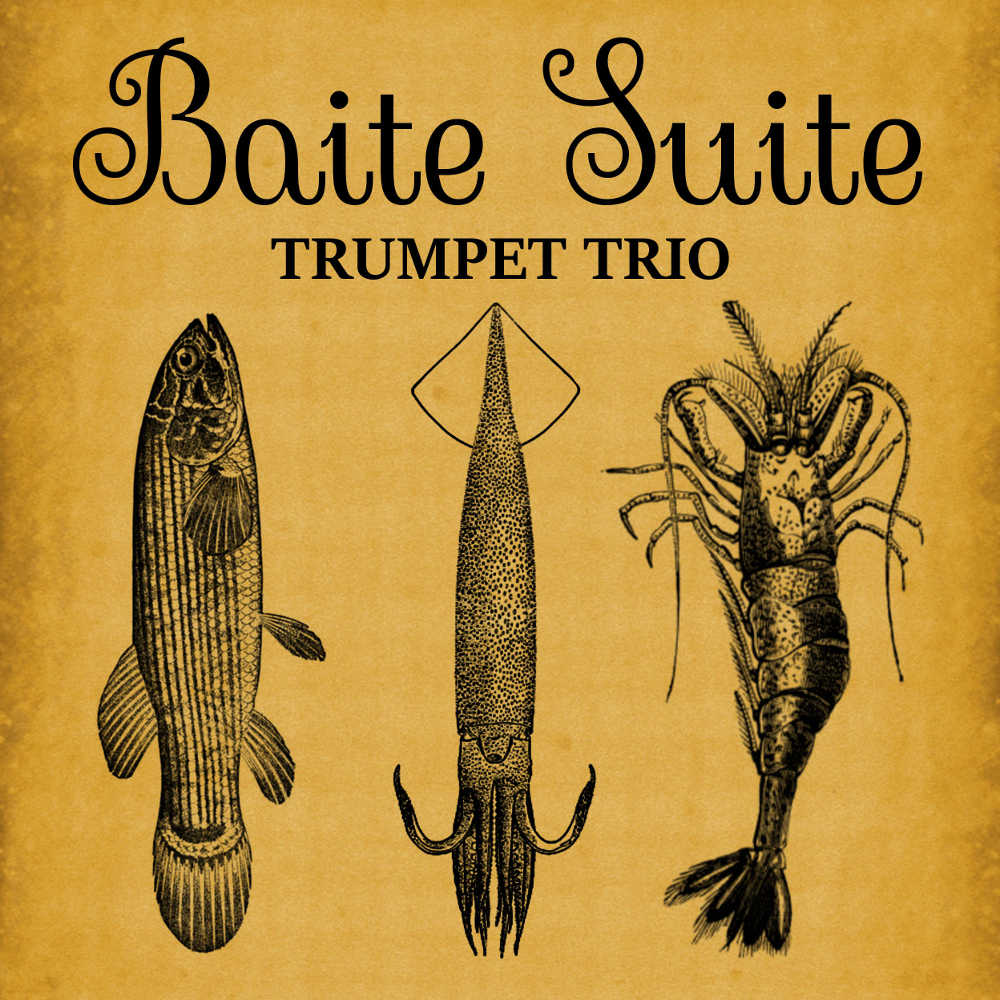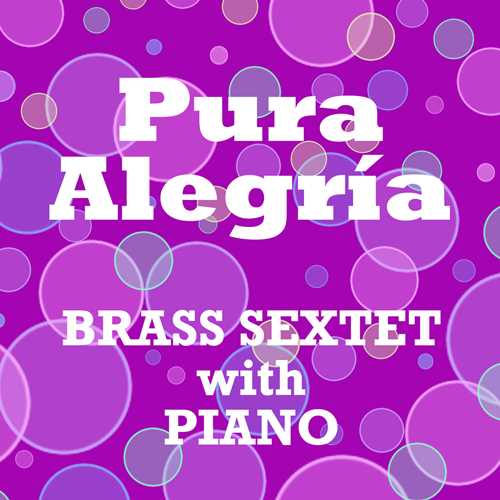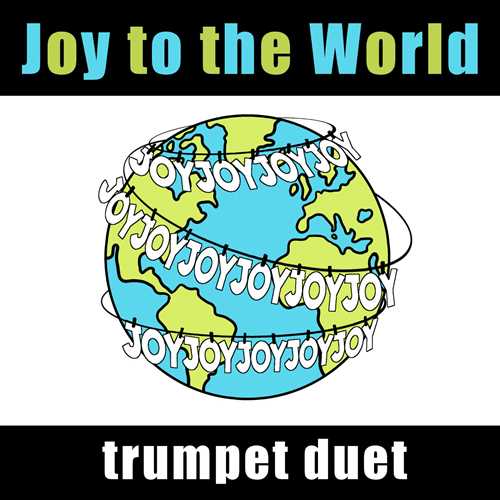Silent Night Trumpet Duet
On Sale
$10.49
$10.49
Silent Night
Trumpet TrioBy Eddie Lewis
Bring peace to your program with this simple but beautiful trumpet duet arrangement of Silent Night.
Eddie Lewis has written at least half a dozen arrangements of Silent Night. Some are jazzy. Some are creative. But this arrangement is part of his Trumpet Christmas Carol Duets series (and future book). The objective of the series is to honor the mood and harmonies of the original hymns. In that regard, the Trumpet Christmas Carol Duets project is a sequel to Eddie’s very popular Trumpet Hymn Duets series (and book). These are not clever arrangements. They are Christmas carols first, trumpet duets second.
We want this trumpet duet arrangement of Silent Night to be 100% appropriate for traditional Church services. It’s not jazzed up. There are not fancy harmonic substitutions. The arrangement showcases the traditional Christmas carol and that’s all.
About the Arrangement
This arrangement begins with a statement of the main motif but over the dominant. There is some slight chromatic usage in the introduction that foreshadows similar use in the second verse.
The first verse is in B flat concert. The second verse is in C concert, with a very simple two measure modulation.
All of the arpeggio embellishments in the second verse are 100% consistent with the original harmonies of the Christmas carol. There is never a moment in the arrangement when you can’t discern the original melody.
Skill Levels
This trumpet duet arrangement of Silent Night is in our Trumpet Apprentice skill level, only because of the range. The highest note in the first part is A above the staff. Other than that, the piece is fairly simple.
The second part comes in at our third skill level which we call the Trumpet Player skill level. The top note in the second trumpet part is F sharp on the top line.
Mature phrasing is a big plus on this arrangement, but you can sound good even without it.
Practice Recommendations
Be careful about where you breathe. Breathe only where it is musically natural to do so. A wrong breath can really break the flow and leave your audiences feeling unsettled.
This is a wonderful opportunity to work on your phrasing. Let the intensity of your phrases rise and fall naturally.
Keep in mind that written dynamics are not static. If there are eight bars marked MF, that does not mean that every note in those eight bars is MF. The rise and fall of dynamics in the context of good phrasing should never be sacrificed to satisfy a dynamic marking. This is crucial in this arrangement because the melody will come alive with genuine phrasing. And that kind of phrasing has dynamics that rise and fall, among other things.
Optional Amen
A lot of Eddie’s arrangements and compositions end in IV to I amen styled cadences. Sometimes these are optional. Judge for yourself, according to the context of your performance, whether you should play the optional “amen” or not.


